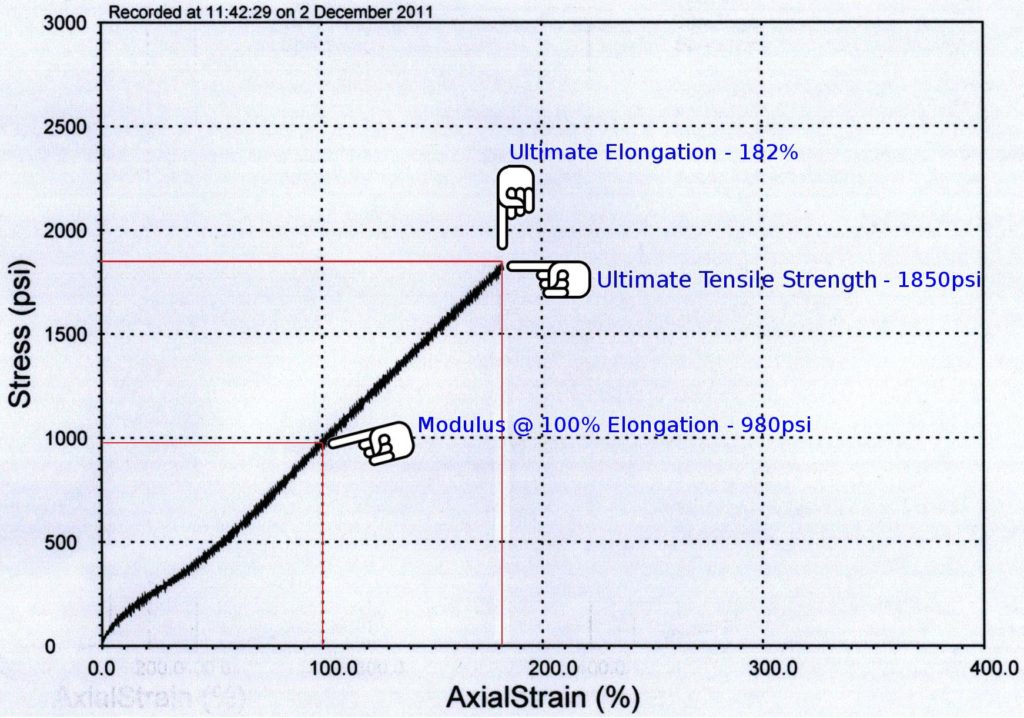A liquid silicone rubber top coat can be used to improve surface friction of silicone elastomer parts.
Silicone rubber coefficient of friction.
The friction values used in the material interaction table are generalized values based on the following references.
The rubber static friction coefficient μ s contributes e g to the grip of tyres shoes and windshield wipers even though research is often focused on the sliding dynamic friction coefficient μ d the μ s is not purely a material property of contacting surfaces because it depends on the load temperature loading conditions and lubrication 1 2 3.
Compared to steel silicone rubber is 2 to 7 times greater.
A value of zero would mean no friction at all an elusive property.
Non coated silicone samples are compared side by side.
The force it takes to initiate movement between the silicone rubber and a steel panel static cof was measured as well as the force needed to keep the silicone rubber moving against.
These processes include applying a small amount of talc to the silicone surface and post curing the silicone in an oven for several hours.
The relatively high coefficient of friction of silicone elastomers can limit the range of applications of these materials.
Lower durometers have higher coefficients.
Bowden tabor the friction and lubrication of solids oxford.
For example static friction can prevent an object from sliding down a sloped surface.
F f frictional force n lb.
Rubber in contact with other surfaces can yield friction coefficients from 1 to 2.
50 decrease in the coefficient of friction when coated silicone samples vs.
Static friction is friction between two or more solid objects that are not moving relative to each other.
It can be applied using conventional coating methods.
The coefficient of friction of silicone rubber ranges from less than 0 25 to more than 0 75.
μ static μ s or kinetic μ k frictional coefficient.
The frictional force can be expressed as.
70 durometer liquid silicone rubber 74 reduction 54 reduction uncoated coated uncoated coated revised 04 2013 nusil technology llc.
Static cof kinetic cof 0 0 2 0 4 0 6 0 8 1 1 2 r 2182 substrate.
N normal force between the surfaces n lb there are at least two types of friction forces.
Steel is about 10.
The friction force is the force exerted by a surface when an object moves across it or makes an effort to move across it.
The coefficient of static friction typically denoted as μ s is usually higher than the coefficient of kinetic friction.
The texture can be used to reduce the co efficient of friction.
Most dry materials in combination have friction coefficient values between 0 3 and 0 6.
On many of our products processes are applied to reduce the coefficient of friction.
F f μ n 1.
Silicone is naturally quite tacky with a coefficient of friction of approximately 1 0 in many cases.
Values outside this range are rarer but teflon for example can have a coefficient as low as 0 04.

